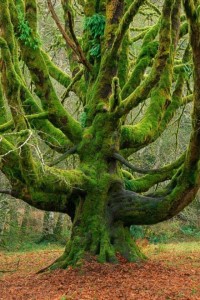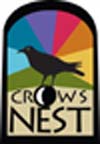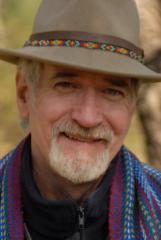 Nature is an incomparable guide if you know how to follow her. She is like the needle of a compass pointing to the north… -C. G. Jung
Nature is an incomparable guide if you know how to follow her. She is like the needle of a compass pointing to the north… -C. G. Jung
We can enter into the secrets of Mother Nature [Pachamama], and we can be sons and daughters, apprentices to the Wisdom of Mother Earth [Ashpamama]. -don Alverto Taxo
At our recent Crows Nest Workshop of Shamanic Dreaming, I laid out the principles of Shamanic and Jungian Dreamwork, and the structure of Crows Nest apprenticeship in soul care and healing. Essentially I use the tree metaphor. The ROOTS are the foundational level of training, consisting of principles and practices of a heart-open and earth-honoring way of life, and self-healing work (wounded healer) is the basis for shamanic healing work. The TRUNK, which needs strong Roots to support the learning and practice of shamanic healing methods and ways of caring for Soul and expressing and being directed by Spirit in healing work, right here in this embodied and sensuous life, this Middle World. The BRANCHES represent a stage for those few who then feel called to step into the role of teacher and leader in their communities, and modeling the role of a generative ritual leader, caring for the human and more than human community, and being a master of initiation. The first two stages take place in community and workshop context, whereas the third stage is more solitary. This last stage is a time of solitary questing in power spots in nature, and doing some direct mentoring with me to refine the vision, usually some limit patterns are exposed in this solitude and require dissolution. It is at this stage, with solid roots and trunk, that traveling with me for study in other cultures is best done. I like eclecticism once strong and solid foundations are laid. Reflecting on all this, I decided to share an article I wrote a decade ago, coming from one of my apprenticeships, lasting eight years, particularly with don Alverto Taxo. I was in the Branches stage and was weaving together my other traditions, Cherokee, Toltec, and Jungian. This article reflects my formulation of the weave of Jungian and Quechua (Kichwa) Iachak traditions, at that time. Such conscious weaving is important so that one’s vision and the foundation upon which it stands is not at odds with each other. Out of this early formulation can my writings on heart psychology, and the emergence of my methods of Jungian and shamanic dreamwork in synthesis. The heart psychology ties it together, as the heart is itself a dreamer. My forth coming book on the Four Acts of Power puts all this in an experiential manual.
Read full article: Weaving the Traditions

